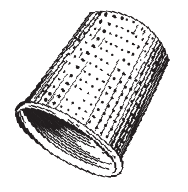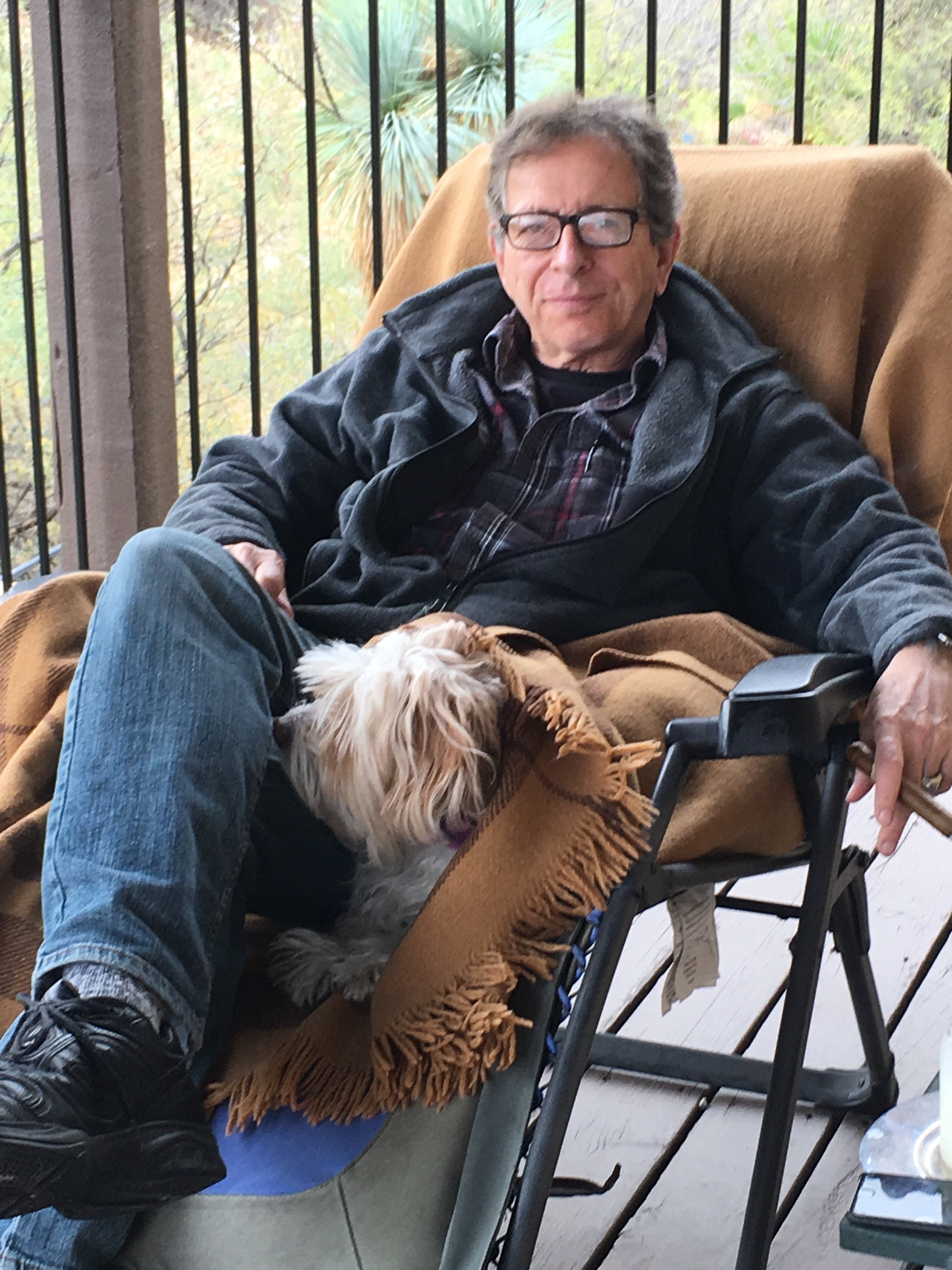The oncologist, well groomed, in a crisp
white jacket, pointed at the MRI contrast—
“This, this is not one of the good cancers.
If left untreated it will lead to a bad death,”
checked his watch, tapped nervously on
the bedside table, stood up to leave
and said, “I want you to think about that.”
He failed to add the “gold standard” treatment
would create other radiogenic cancers, and after
a few years of poor health and grief,
would have the same result.
Was there ever a good death? I wanted
to ask, but he had left the room.
Still, I thought about it, about the bad death,
and my thinking brought me to the mummies
of Guanajuato. Here were bad deaths on display,
an entire museum of them left over
from a cholera epidemic, kept intact
by unique climatological factors.
Stiff in their hard, stretched, clay-like skin,
every mouth was the same, open wide, an oval,
as if in the dentist’s chair, or from
an unseen, eternally fixed shock,
or reaching for a perfectly pitched aria,
like a soprano in “Queen of the Night.”
Once they became so dehydrated
their blood surfaced to the skin,
the villagers dubbed them
victims of “the blue death.”
Guanajuato is a collage of colors,
tiers of orange and red homes,
purple shops, painted churches,
gray streets and blue curbs, an enclave
rich in cultural history, sought
by artists and composers.
I’m thinking about moving there,
wandering among them, the artists,
a ghost chorus of silent sopranos,
and the young couple on a bridge
kissing with their mouths open,
inhaling each other’s breathing
so their kiss will last and last.


